Researchers have developed a chemical sensing material consisting of a group of carbon nanotubes individually wrapped with supramolecular polymers that can be used with a mobile phone to detect toxins.


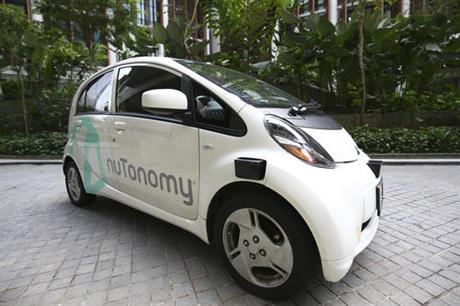
SINGAPORE (AP) — The world’s first self-driving taxis will be picking up passengers in Singapore starting Thursday.
Select members of the public will be able to hail a free ride through their smartphones in taxis operated by nuTonomy, an autonomous vehicle software startup. While multiple companies, including Google and Volvo, have been testing self-driving cars on public roads for several years, nuTonomy says it will be the first to offer rides to the public. It will beat ride-hailing service Uber, which plans to offer rides in autonomous cars in Pittsburgh, by a few weeks.
The service will start small — six cars now, growing to a dozen by the end of the year. The ultimate goal, say nuTonomy officials, is to have a fully self-driving taxi fleet in Singapore by 2018, which will help sharply cut the number of cars on Singapore’s congested roads. Eventually, the model could be adopted in cities around the world, nuTonomy says.

I’m super excited to share my first fiction since writing “The Transhumanist Wager” four years ago. Vice Motherboard has published this short story of mine on the challenge of AI becoming religious—and what that might mean for humanity. It’s a short read and the story takes place just a few years into the future. And yes, the happenings in this story could occur.
For the second installment of our series exploring the future of human augmentation, we bring you a story by the Transhumanist Party’s presidential candidate (and occasional Motherboard columnist), Zoltan Istvan. Though he’s spent most of the last year traveling the nation in a coffin-shaped bus, spreading the gospel of immortality and H+, he’s no stranger to fiction. His novel, The Transhumanist Wager, is about the impact of evolving beyond this mortal coil. This story is even bolder. Enjoy the always provocative, always entertaining, Zoltan Istvan. –the editor.

Paul Shuman’s phone rang. He struggled to open his eyes. ‘Who the hell is calling me in the middle of the night?’ he thought. He rolled out of bed and walked naked to his desk to see. His phone showed it was his secretary.
“What is it?” he sharply asked on speaker phone.

Nice.
Engineers at the University of Washington (UW) have devised a new method of wireless communication that converts Bluetooth transmission from mobile devices into Wi-Fi signals. Using this “interscatter” communications technology allows medical devices and implants with limited power sources to gain the ability to send data using low-power Wi-Fi signals to smartphones and smartwatches.
The UW team previously described the technique of “backscattering” ambient RF signals — repurposing existing RF signals in the environment — to enable device-to-device communication without the need for onboard power sources. Now, the team builds on that prior research to introduce “interscattering,” the inter-technology, over-the-air conversion of Bluetooth signals to create Wi-Fi transmissions.
The researchers wrote in a paper that novel medical devices, such as smart contact lenses and neural implants, currently have power constraints that limit their ability to generate Wi-Fi, Bluetooth, or ZigBee transmissions to communicate with smartphones, watches, and tablets. To overcome this, the researchers suggest an interscaterring communication system.
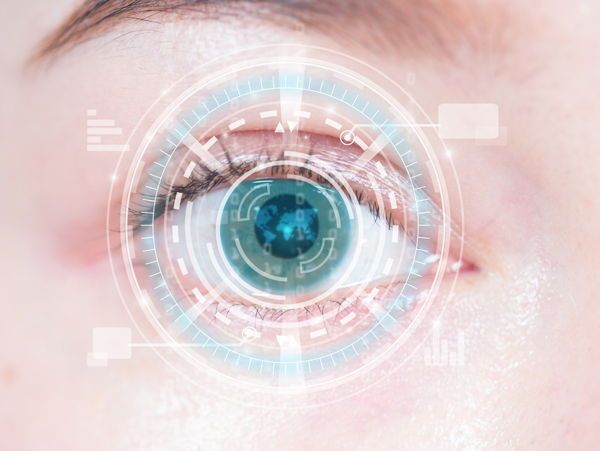
Wait until they see what is happening with smart AR contacts and Bluetooths.
A pair of contact lenses do not just let you see clearer without the hassle of spectacles or glasses, but what if they are now smarter with connectivity to your smartphone? Could the science fiction world now be a step closer to reality?

A novel device architecture is used to simultaneously achieve extremely high internal quantum efficiencies, low drive voltages, and long lifetimes, at practical luminance levels.
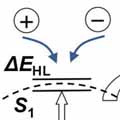
An LED with an emissive organic thin film sandwiched between the anode and cathode is known as an organic-LED (OLED). The emission mechanism of an OLED is superficially similar to that of a standard LED, i.e., holes and electrons are injected from the anode and cathode, respectively, and these carriers recombine to form excited states (excitons) that lead to light emission.1 In recent years, smartphones and TVs with OLED displays have rapidly become widespread because OLEDs provide high contrast, a wide color gamut, light weight, thinness, and flexibility for the displays. OLEDs also have great potential for the creation of new lighting applications.2 The high power consumption and short lifetime of OLEDs, however, remain key issues.
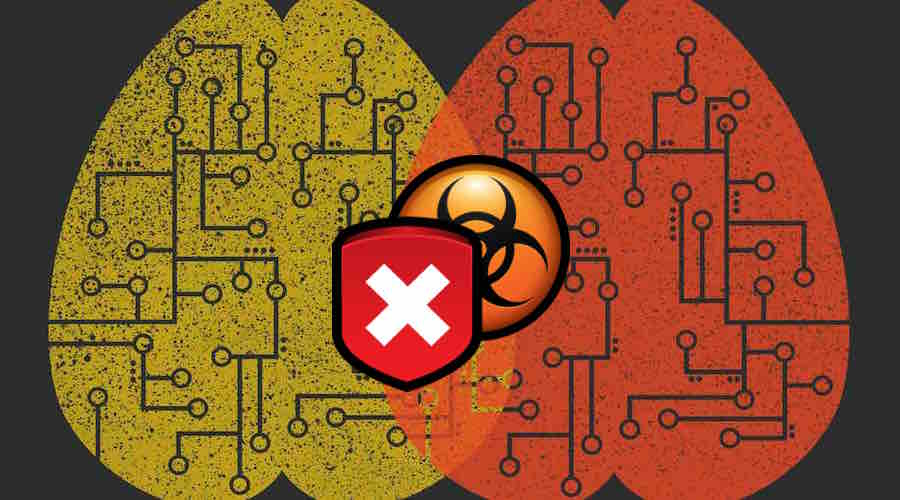
I have share my own risks on BMI a while back especially that which is connected (net, cloud, etc.)
Short Bytes: For a moment, forget computer and smartphone malware. There’s even a bigger danger in town in the form of brain malware. By exploiting brain-computer interfaces (BCI) being used in medical and gaming applications, hackers can read your private and sensitive data. Recently, a team of researchers from the University of Washington shed more light on the subject, demanding a policy-oriented regulation on BCIs.
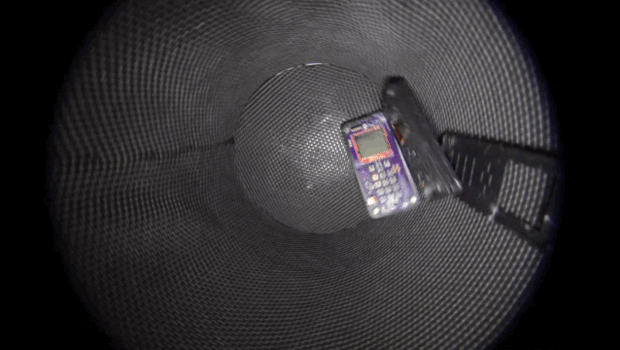

Researchers at Queen’s University Belfast and ETH Zurich, Switzerland, have created a new theoretical framework which could help physicists and device engineers design better optoelectronics, leading to less heat generation and power consumption in electronic devices which source, detect, and control light.
Speaking about the research, which enables scientists and engineers to quantify how transparent a 2D material is to an electrostatic field, Dr Elton Santos from the Atomistic Simulation Research Centre at Queen’s, said: “In our paper we have developed a theoretical framework that predicts and quantifies the degree of ‘transparency’ up to the limit of one-atom-thick, 2D materials, to an electrostatic field.
“Imagine we can change the transparency of a material just using an electric bias, e.g. get darker or brighter at will. What kind of implications would this have, for instance, in mobile phone technologies? This was the first question we asked ourselves. We realised that this would allow the microscopic control over the distribution of charged carriers in a bulk semiconductor (e.g. traditional Si microchips) in a nonlinear manner. This will help physicists and device engineers to design better quantum capacitors, an array of subatomic power storage components capable to keep high energy densities, for instance, in batteries, and vertical transistors, leading to next-generation optoelectronics with lower power consumption and dissipation of heat (cold devices), and better performance. In other words, smarter smart phones.”

Starting later this month, Uber will allow customers in downtown Pittsburgh to summon self-driving cars from their phones, crossing an important milestone that no automotive or technology company has yet achieved. Google, widely regarded as the leader in the field, has been testing its fleet for several years, and Tesla Motors offers Autopilot, essentially a souped-up cruise control that drives the car on the highway. Earlier this week, Ford announced plans for an autonomous ride-sharing service. But none of these companies has yet brought a self-driving car-sharing service to market.
Uber’s Pittsburgh fleet, which will be supervised by humans in the driver’s seat for the time being, consists of specially modified Volvo XC90 sport-utility vehicles outfitted with dozens of sensors that use cameras, lasers, radar, and GPS receivers. Volvo Cars has so far delivered a handful of vehicles out of a total of 100 due by the end of the year. The two companies signed a pact earlier this year to spend $300 million to develop a fully autonomous car that will be ready for the road by 2021.
The Volvo deal isn’t exclusive; Uber plans to partner with other automakers as it races to recruit more engineers. In July the company reached an agreement to buy Otto, a 91-employee driverless truck startup that was founded earlier this year and includes engineers from a number of high-profile tech companies attempting to bring driverless cars to market, including Google, Apple, and Tesla. Uber declined to disclose the terms of the arrangement, but a person familiar with the deal says that if targets are met, it would be worth 1 percent of Uber’s most recent valuation. That would imply a price of about $680 million. Otto’s current employees will also collectively receive 20 percent of any profits Uber earns from building an autonomous trucking business.